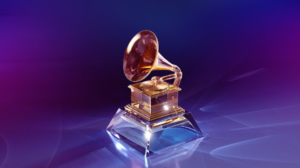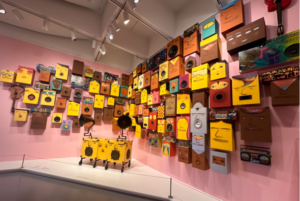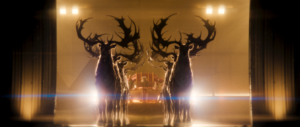The Age of Jazz at the National Portrait Gallery
By Piero Filpi
A riveting and exciting sound the world had never heard before: jazz. The music defied traditional teachings that stemmed from Europe. When taken seperately, the use of “blue” notes, that is, a minor sound where a major note should be expected, improvisation, and deep emotion that came out of the musical genre, can be felt as chaotic. But just like chaos became the roots of the created world, arranged musical chaos became jazz.
So in 1948, when jazz was hitting New York harder than a drummer hits his snare, a photographer by the name of Herman Leonard opened up a small studio in Grenwich Village. His landscapes became the jazz clubs of New York and his mode of capturing these landscapes was the photography from his Speed Graphic camera.
It was necessary for someone to capture the smoke, dimness, and passion of the jazz scene in New York towards the end of the 1940’s, where, if you wrung out a jazz musician after a performance, more sweat would ooze out than your shirt after an Iron Man marathon. The music was sexy, different, and daring. Leonard’s photography captured all of this. So much so that his photos began to surface on the covers of albums and even in pages of Downbeat and Metronome Magazine.
Faint glimmers of this booming American musical history can still be studied and appreciated with the help of the National Portrait Gallery’s exhibit titled: In the Groove: Jazz Portraits by Herman Leonard.
The exhibit defines 20th century jazz culture with images ranging from D.C.’s very own Duke Ellington, to other greats like Ella Fitzgerald, Dizzy Gillespie, Billie Holiday, and America’s first pop star, Frank Sinatra. Each portrait offered a distincitve character within every musician: Frank Sinatra’s back facing the camera, and his classic left hand held high while he sways his head from side to side, Ellington, with his apologetic face, simply leaning on his piano with his right index finger massaging his right temple, and Ella Fitzgerald, giving a smile that seems larger than her voice is all at the National Portrait Gallery.
Entering February and with that, Black History Month, it is important to remember the culture that brought on this new wave of music — a music that will go on to defy Western European conventions, and add onto the diverse and incredible range America contains within her own identity. The power, sex, and evocative sounds jazz is able to conceive are unparalled, and Leonard’s exhibit displays exactly what the music was: freeing.
The exhibit runs until Februrary 20th and is a must-go for any music history lover. Herman Leonard’s portraits are bigger than Dizzy Gillespie’s cheeks and shine brighter than his trumpet.





